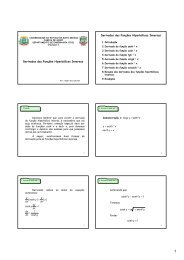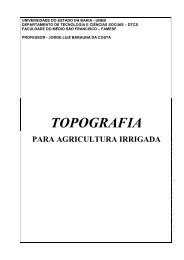Anuário Brasileiro do Arroz 2011 - Unemat
Anuário Brasileiro do Arroz 2011 - Unemat
Anuário Brasileiro do Arroz 2011 - Unemat
Create successful ePaper yourself
Turn your PDF publications into a flip-book with our unique Google optimized e-Paper software.
Inor Ag. Assmann<br />
86<br />
Plenty of options<br />
New rice varieties offer producers better<br />
kernels and improved agronomic quality<br />
The rice farming world has gained lots of allies over the<br />
past months with the launching of different varieties by<br />
several research institutions. They are supposed to excel in<br />
productivity, resistance to pest and weeds, among other attributes.<br />
Company that pioneered the introduction of hybrid<br />
rice seed in South America, Rice Tec launched the RT 5310 CL<br />
hybrid in <strong>2011</strong>, specifically for the State of Santa Catarina.<br />
According to trade and marketing manager, Hélvio Missau,<br />
besides the good kernel quality and high productivity rates,<br />
the new option is more resistant to lodging. Its commercial<br />
use has been scheduled for the <strong>2011</strong>/12 crop.<br />
Other noteworthy varieties launched by the company include<br />
Avaxi CL, now for five years in the market, and Inov<br />
CL. The former is very popular with those growers who are<br />
interested in high productivity rates, control over red rice<br />
and adaptability to moderate climate zones. Average yields<br />
reach 11 to 12 thousand kilos per hectare in commercial<br />
rice fields. The Inov CL variety may even outstrip the Avaxi<br />
CL in yield and kernel quality, with 60% to 62% of unbroken<br />
kernels. According to Missau, demand for both hybrids is on<br />
the rise. For the coming crop, it is estimated that the two varieties<br />
will account for 8% to 10% of the total market in Rio<br />
Grande <strong>do</strong> Sul, compared to the present share of 3% to 4%.<br />
The rice industries trades in <strong>2011</strong> the kernels for the first<br />
crop of the BRS Cirad 302 variety, a result of a partnership<br />
between the Brazilian Agricultural Research Corporation<br />
(Embrapa) and the Center for International Cooperation<br />
in Agronomic Research (Cirad). Over the 2010/11 season,<br />
Embrapa and seed companies offered a limited amount of<br />
seed (for an area of 350 hectares), for the rice growers to<br />
learn about the new material, evaluate its performance and<br />
get familiar with the new variety. For the <strong>2011</strong>/12 crop year,<br />
the seed will be available to the growers in Rio Grande <strong>do</strong><br />
Sul, as of September. This variety makes a difference in that<br />
it is resistant to lodging, pests and diseases that affect rice<br />
fields.<br />
The kernels of the hybrid recommended for Rio Grande <strong>do</strong><br />
Sul are graded as type 1, highly valued by consumers, and<br />
62% of unbroken kernels after processing. With average yield<br />
of 11 thousand kilos per hectare, in the Western Frontier


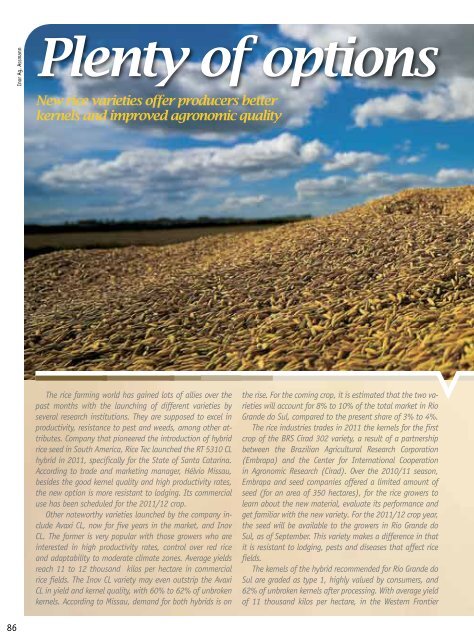
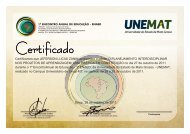
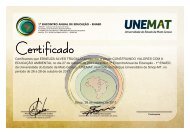
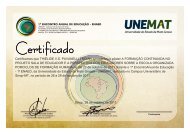
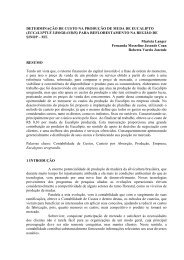
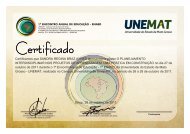
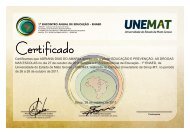
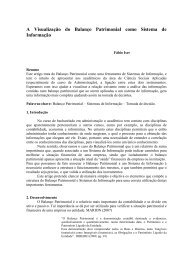
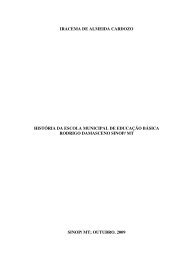

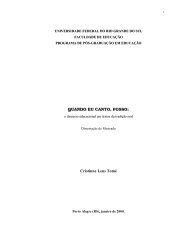
![Aula 31 - Funções Hiperbólicas [Modo de Compatibilidade] - Unemat](https://img.yumpu.com/14334654/1/184x260/aula-31-funcoes-hiperbolicas-modo-de-compatibilidade-unemat.jpg?quality=85)
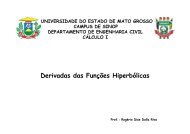
![Aula 31 - Funções Hiperbólicas [Modo de Compatibilidade] - Unemat](https://img.yumpu.com/14332146/1/190x135/aula-31-funcoes-hiperbolicas-modo-de-compatibilidade-unemat.jpg?quality=85)
